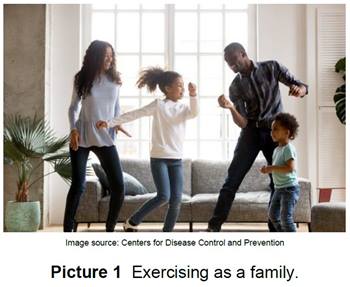Management of Nonspecific Back Pain

Non-specific back pain is when your child’s back aches or is sore but is not due to a spine injury. It often involves the muscles. The pain usually occurs from overuse or poor posture. It’s also called chronic back pain, backache, or musculoskeletal (muh-skyuh-low-skeh-tl) back pain.
Common Risk Factors
|
|
|
|
|
|
|
|
Signs and Symptoms
|
|
|
|
|
|
Evaluation
An orthopedic surgeon will evaluate and diagnose your child’s back problem. Then they will recommend a treatment plan.
- First, your child will have X-rays of the front and side views of the spine. These check for bone problems.
- Your child will also have a physical exam of the back and spine. This will confirm there are no other physical problems causing their back pain.
Treatment
There will be many members of the treatment team that works together to help your child. The doctor or health care provider will help decide which treatments your child needs. Treatments may include:
- Physical therapy – The physical therapist or athletic trainer plans treatment goals and exercises, makes an activity schedule, and does assessments. The therapist will help your child focus on what their body can do and how it works. They will also teach your child exercises and stretches that will help make their core muscles stronger. Your child should also do these exercises at home. Muscles may be sore.
- Aerobic exercise – Your child can choose an activity they like to do. It should raise their heart rate. The activity should be done 30 minutes a day, 3 times each week.
- Medicine – The doctor or health care provider will discuss over-the-counter pain medicine. This includes medicines like ibuprofen (Motrin® and Advil®) and acetaminophen (Tylenol®). They may suggest your child take these medicines for 4 to 6 weeks. Give medicines with food. It will decrease the risk of an upset stomach. Other medicine may also be recommended.
- Pain management – Your child may work with a pediatric psychologist who is an expert in managing pain. The psychologist can teach your child other ways to manage pain and stress.
- Diet – Healthy eating habits and weight may also be discussed as part of back health.
- Proper backpack wear – Your child’s backpack should lie close to their body, and both straps need to sit on the shoulders.
At Home
- Make sure your child exercises 3 to 5 days a week (Picture 1).
- Remember that treating back pain takes time.
- A combination of treatments usually has the best success.
Follow up
Relief can take 3 months or more. If your child’s symptoms get worse or don’t improve, contact your care team to discuss options and next steps.
HH-I-432 ©10/2017, revised 8/2022 | Nationwide Children's Hospital
